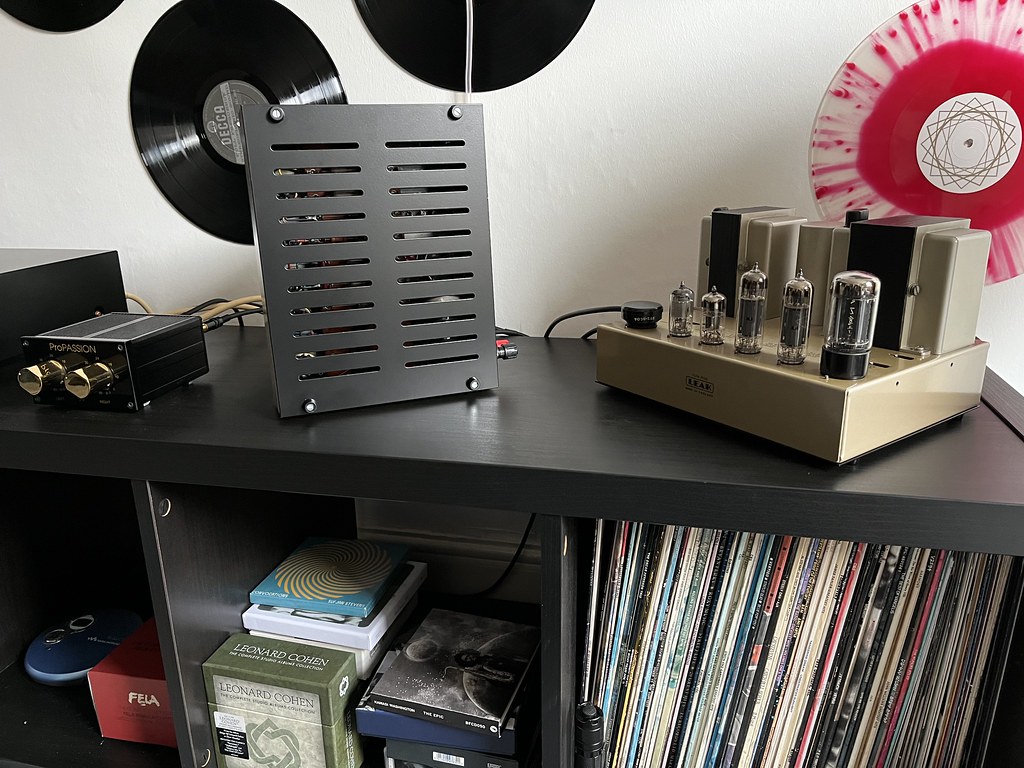"A modern PCB has allowed a new approach to the original tag board layout dispensing with the under board spaghetti interconnects that caused crosstalk buzz and hum."
Says it all. A proper Leak factory made ST20 or a properly restored one didn't suffer from crosstalk, buzz or hum. The internal wiring was well done by Leak and was not under board spaghetti! No mention of what expertise or credibility the man behind Valvepower (a Steve Smith from Surrey apparently) has...
Says it all. A proper Leak factory made ST20 or a properly restored one didn't suffer from crosstalk, buzz or hum. The internal wiring was well done by Leak and was not under board spaghetti! No mention of what expertise or credibility the man behind Valvepower (a Steve Smith from Surrey apparently) has...


